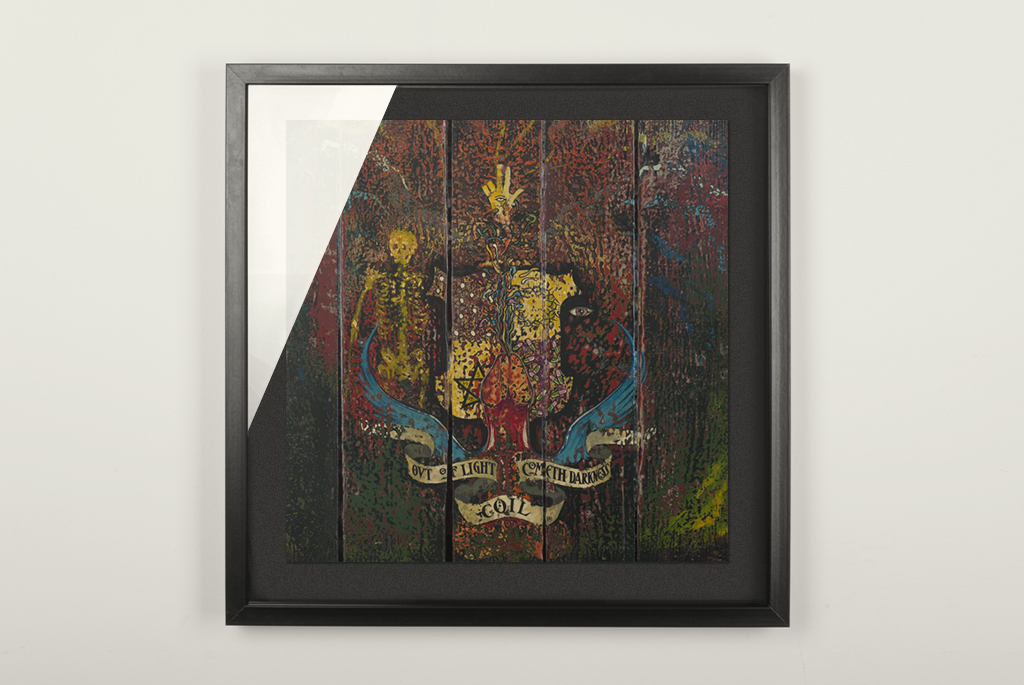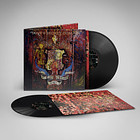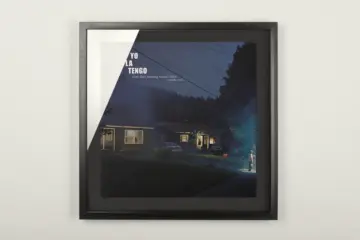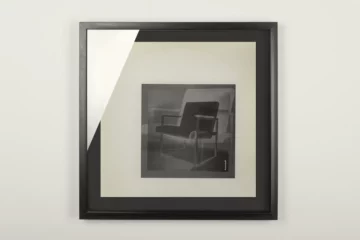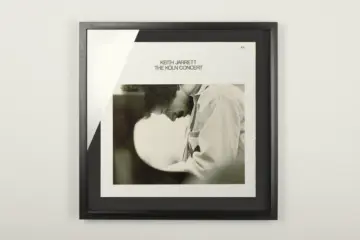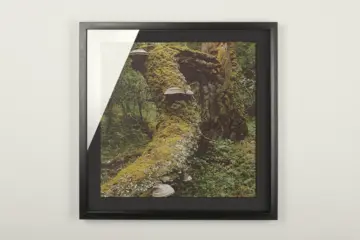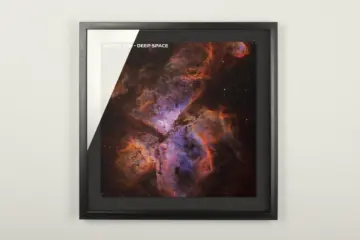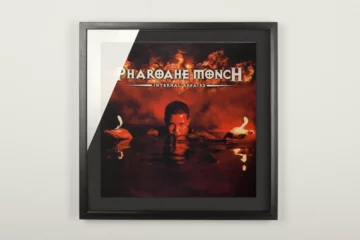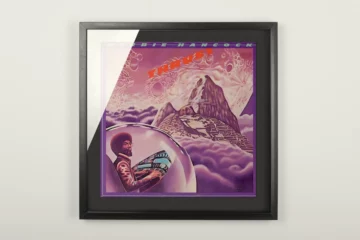Inspired by the lunatic tradition of England, by visionaries and outsiders like Austin Osman Spare, William Blake, Derek Jarman, Sasha Shulgin and Terence McKenna, but also by epic hallucinations during day-long trips in the recording studio, »Love’s Secret Domain« is the work of four artists on verge of a nervous breakdown. And yet: using new synthesisers, mixers, recording technologies and samplers, Peter »Sleazy« Christopherson, John Balance, Danny Hyde and Stephen Thrower poured more energy into the sheer unmanageable production of this album than into the sprawling concept behind it, the western mysticism, esoteric tradition of England and remote viewing, as well as transgressive sex. »Most of the mixing took place at night as far as I can remember. Our understanding of the equipment and the equipment itself progressed, so that more and more things became possible,« noted Sleazy on tape a decade after the release, remembering the times when he invented industrial music with his first project. »I mean, Throbbing Gristle was a bunch of guitars and tape, while me and Chris Carter had to build every modular synth, setup or electronic tool from scratch« — pioneering circumstances that hardly applied anymore in 1991. Mixed in an old cellar in Bloomsbury, very close to the British Museum, »Love’s Secret Domain« is still notable today for a production that knows how to lavishly use the possibilities of its time across large parts of the Hz spectrum. »How Coil sounds is often the result of the technological state at the time« – on »LSD« this became clearer than ever. » No question, we incorporated a lot of club experiences,, but ‘LSD’ is much more about those places where you go inside yourself when you’re in the club.«
It wasn’t planned that way. »We never thought of it as disco, and we didn’t even try to do house or dance… ever. We did start listening to a lot of dance music, but we didn’t let that influence our albums – until it did on >Love’s Secret Domain<, but even then we never tried to sound danceable,« Balance revealed in a 2001 interview with David Keenan (author of »England’s Hidden Reverse«). »This whole rhythm thing is idiotic, completely idiotic. Instead, we wanted to lend the album psychoactive qualities – we wanted it to be intoxicating. The title and everything else points in that direction – how obvious could we have made it?” Sleazy jokingly described it as a »party album« and indeed, tracks with the calibre of »The Snow« or the monumental »Windowpane« are hymns of ecstatic loss of self, powerful in sound and language, sublime in production and style. Where many musicians in the early 90s focused on prominent rhythms, pushing everything from 40Hz upwards, the beats on »LSD« are just another acoustic element, shot through countless filters and twisted with chaotic effects. If this gears the tenor of the album non-stop towards rapture, lyrically both the »grand« and »petit mort«, sidereal intermediate levels of existence, become pivotal points yet to be determined. This is engraved in the sound. The mixing for »Further Back And Faster« or the immensely immersive »Dark River« eclipsed into a technical production nightmare, especially without digital equalisers at that time. »When Sleazy wrote the first version of Dark River, it was one of the tracks that really got me excited about the album. I thought it was fantastic straight away and the complete opposite of »The Snow«, which I hated from day one,« Thrower recalled in 2002. »It was a long, dreamy track and one of my favourites, but it took me ten years to listen to it again given the hell we went through mixing it.« With its surreal melancholy, the cascades of bizarrely alienated samples and breathtaking melodic sequencing perhaps make it, along with »Windowpane«, the hidden heart of the album and unite many stylistic aspects that Coilhad already stated with »Scatology« (1984), but at the latest since »Horse Rotorvator« (1986) began to formulate into a vocabulary of elaborate contradictions. »It was such a delicate, precisely balanced piece that the slightest mistake, the slightest over or under-compensation, destroyed it. Mixing it was like performing an operation on the intestines of a squid, […] everything had to be recorded and modulated by hand. We were awake for three days and this final challenge was Herculean in proportions.«»Dieses ganze Rhythmus-Ding ist schwachsinnig, komplett schwachsinnig. Stattdessen wollten wir dem Album psychoaktive Qualitäten geben – es sollte Musik zum Berauschen sein.«
»LSD« was in the can just in time for when the studio rental came to an end. Nevertheless, the work on the album drained everyone so much that Thrower subsequently left the project and, together with his partner and later Coil member Simon Norris aka Ossian Brown, took Coil’s deformed experiments to new extremes as Cyclobe from 1997 onwards. While Balance and Sleazy not only alternated between MDMA and ketamine for days, but also partially paid for guest contributions from Annie Anxiety, Rose McDowall, Marc Almond and Charles Hayward (ex-This Heat drummer) in E, Thrower delayed his personal descent into years of depression with speed and acid – one reason for the growing dislike between him and Balance, who probably sensed and anticipated his own fall. Despite everything, with »Love’s Secret Domain«, the DNA of club music was permanently changed. The result was an electronic form of punk concrète that many are still trying to emulate today and which even localised noise, production artefacts and distortions aurally, in the final analysis anticipating the glitch style that emerged after 1991 – with examples such as Ikue Mori, Oval or Ø as icons of the present which have directly inspired it.

